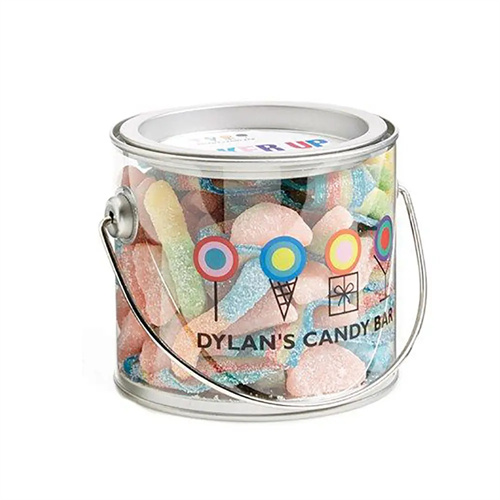Injection nozzle temperature
The injection nozzle temperature is a crucial parameter in the injection molding process, directly impacting melt flow, product quality, and production efficiency. As the key component connecting the barrel and mold, the nozzle’s temperature must be coordinated with the barrel’s temperature to ensure optimal melt entry into the mold cavity. Excessively low temperatures can cause the melt to cool and solidify prematurely within the nozzle, forming “cold slugs.” Once these slugs enter the mold cavity, they can become defects in the part, such as surface spots or internal stress concentrations. Excessively high temperatures can cause melt degradation, diminishing material properties, and increase the risk of nozzle drooling (uncontrolled melt flow), resulting in material waste and mold contamination. For example, when processing polyamide (PA), if the nozzle temperature is below 220°C, the melt’s viscosity can increase rapidly due to rapid cooling, leading to a surge in injection pressure. If the nozzle temperature exceeds 260°C, the PA molecular chains are susceptible to oxidative fracture, causing discoloration and embrittlement of the part.

The nozzle temperature setting needs to be flexibly adjusted based on the material properties, as the melting temperature and thermal stability of different polymers vary significantly. For crystalline plastics (such as polyethylene and polypropylene), the nozzle temperature should be slightly higher than their melting point to ensure that the melt maintains good fluidity. For example, the nozzle temperature of polypropylene is usually set at 200-220°C, which is both higher than its melting point of 160-170°C and lower than its thermal decomposition temperature of 270°C. Non-crystalline plastics (such as polyvinyl chloride and polystyrene) are more sensitive to temperature, and the nozzle temperature must be controlled within a narrow range. For example, the nozzle temperature of polyvinyl chloride must be strictly maintained at 160-180°C. Too high a temperature will cause decomposition and produce hydrogen chloride gas, while too low a temperature will increase the melt viscosity and easily form cold spots. In addition, for glass fiber-reinforced composites (such as glass fiber-reinforced nylon), the nozzle temperature needs to be appropriately increased by 5-10°C to offset the glass fiber’s obstruction to melt fluidity and ensure smooth filling.

The contact between the mold and the nozzle significantly influences temperature stability, which in turn influences process performance. When the nozzle is in close contact with the mold’s sprue bushing, heat is transferred from the nozzle to the mold through metal conduction, causing the actual nozzle temperature to fall below the set value. This “heat loss” is particularly noticeable at low mold temperatures. To compensate for this heat loss, the nozzle temperature should be set slightly higher than the barrel’s end temperature (typically 5-10°C higher). For example, if the barrel’s end temperature is 210°C, the nozzle temperature can be set to 215-220°C. Excessive clearance between the nozzle and the mold can not only cause melt leakage but also cause nozzle temperature fluctuations due to air ingress. In this case, it is necessary to replace the nozzle with a better-sealed one or adjust the clamping force to ensure a tight fit. Furthermore, using thermal insulation gaskets or air gaps can reduce heat transfer from the nozzle to the mold, maintaining temperature stability.

Dynamic control of nozzle temperature is key to the molding of complex products, especially for thin-walled, large, or structurally complex plastic parts. During the filling phase, a higher nozzle temperature can reduce melt viscosity, helping the melt quickly fill the mold cavity and avoid material shortages or weld marks due to excessive flow resistance. During the holding phase, appropriately lowering the nozzle temperature (e.g., by 5-10°C) can reduce melt backflow, enhance the holding effect, and reduce product shrinkage. For example, when producing thin-walled products such as mobile phone casings, the nozzle temperature is set to 230°C during the initial filling phase to ensure that the melt flows through the small gate with high fluidity; the temperature is lowered to 220°C during the holding phase to prevent the melt from flowing back from the gate and ensure the dimensional accuracy of the casing. This segmented temperature control technology requires the closed-loop temperature control system of the precision injection molding machine. The nozzle temperature is monitored in real time by thermocouples, and the power of the heating coil is quickly adjusted to achieve a temperature control accuracy of ±1°C.

Abnormal nozzle temperature can cause a variety of molding defects and need to be solved through systematic troubleshooting and optimization. If the nozzle temperature is too low, in addition to producing cold spots, it may also cause an abnormal increase in injection pressure and even damage the mold or equipment. At this time, it is necessary to check whether the heating ring is damaged, whether the thermocouple is malfunctioning, or to add a nozzle insulation sleeve to reduce heat dissipation. If the temperature is too high, the melt will contaminate the mold parting surface, causing flash on the product. At the same time, the degraded melt may clog the nozzle hole. At this time, it is necessary to lower the set temperature, shorten the contact time between the nozzle and the mold, or replace the nozzle with a check function. For example, when silver streaks are found on the surface of a polycarbonate product, if the nozzle temperature is found to be as high as 300°C (far exceeding its recommended upper limit of 280°C), it is necessary to immediately lower the temperature to 260-270°C and clean the degradation residue in the nozzle to resume normal production. By continuously monitoring the correlation between nozzle temperature and product quality, an optimal temperature parameter library for specific materials and products can be gradually established to improve molding stability.
